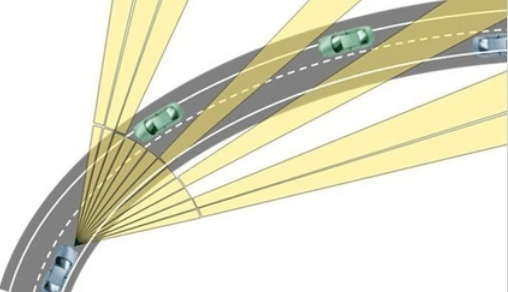And the adaptive driving beam option, please
December 05, 2017
on
on

Car OEM and light source technology suppliers in Europe and Japan are prepping to enter the emerging market of Adaptive Driving Beam (ADB) for road vehicles. Lumileds for example claim that once onboard cameras reliably sense oncoming vehicles or pedestrians, ADB can adjust the lights automatically, either dimming individual LEDs in the lamp or shifting the beam downward and sideways.
It’s not just the $$$ car makers like Audi and Mercedes-Benz responding — ADB once developed out is planned to come to compact cars from Opel, Peugeot and Citroen also. Japan’s Toyota is also big on ADB and Lumileds say they are seeing RFQs for ADB from Chinese clients.
Right now the share of cars equipped with full ADB is a pitiful 1 percent of the worldwide automotive market, but is estimated to jump to 15 percent by 2025.
Remarkably, ADB is banned in the U.S. because the Federal Motor Vehicle Safety Standards (FMVSS) bureau requires discrete high and low beam settings. Technology suppliers, such as Lumileds, are hopeful that this will change soon. And indeed ADB is currently under review by the National Highway Traffic Safety Administration (NHTSA), and some vendors expect it to be greenlighted in America in 2018, or by 2020 at the latest.
ADB is arriving thanks to the rapid adoption of vehicles featuring Advanced Driving Assistance Systems (ADAS). Interestingly ADB is not directly related to automated driving, although it does require the same resources as the safety systems, most notably the front facing camera.
There are now about 10 key players in the ADB market, including “big four” automotive lighting suppliers Hella (Germany), Koito Manufacturing (Japan), Valeo (France) and Automotive Lighting (Germany).
It’s not just the $$$ car makers like Audi and Mercedes-Benz responding — ADB once developed out is planned to come to compact cars from Opel, Peugeot and Citroen also. Japan’s Toyota is also big on ADB and Lumileds say they are seeing RFQs for ADB from Chinese clients.
Right now the share of cars equipped with full ADB is a pitiful 1 percent of the worldwide automotive market, but is estimated to jump to 15 percent by 2025.
Remarkably, ADB is banned in the U.S. because the Federal Motor Vehicle Safety Standards (FMVSS) bureau requires discrete high and low beam settings. Technology suppliers, such as Lumileds, are hopeful that this will change soon. And indeed ADB is currently under review by the National Highway Traffic Safety Administration (NHTSA), and some vendors expect it to be greenlighted in America in 2018, or by 2020 at the latest.
ADB is arriving thanks to the rapid adoption of vehicles featuring Advanced Driving Assistance Systems (ADAS). Interestingly ADB is not directly related to automated driving, although it does require the same resources as the safety systems, most notably the front facing camera.
There are now about 10 key players in the ADB market, including “big four” automotive lighting suppliers Hella (Germany), Koito Manufacturing (Japan), Valeo (France) and Automotive Lighting (Germany).
Read full article
Hide full article


Discussion (0 comments)